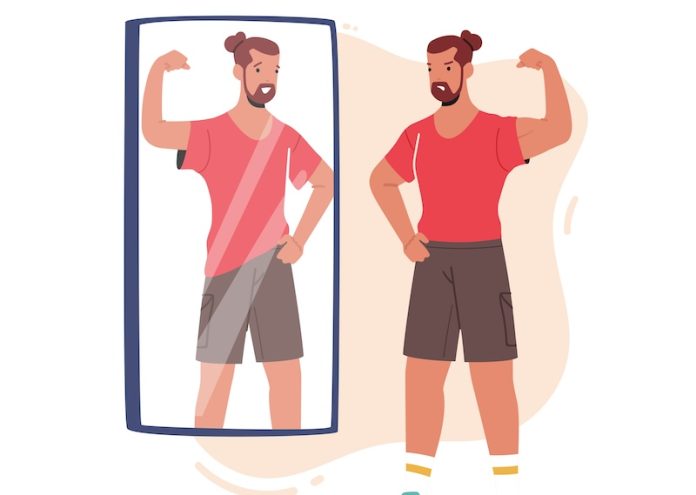
Muscle loss, also known as muscle atrophy, is something many of us might face as we get older or when we change our lifestyle or face certain health conditions.
It’s not just about looking fit; losing muscle can affect how well we function day to day and our overall health. Here’s what research tells us about why this happens and what might be influencing it.
Firstly, age is a big factor. As we grow older, our muscles naturally begin to lose strength and mass. This process can start as early as our 30s or 40s, but it becomes more noticeable as we pass 60.
Researchers believe this is due to a mix of factors like changes in hormones, reduced physical activity, and the body becoming less efficient at making new muscle cells.
Physical inactivity is another major cause. When muscles aren’t used regularly, they lose their strength over time. This is why people who are bedridden or who sit for long periods without exercising can experience significant muscle loss.
Studies have shown that even a few weeks of inactivity can lead to noticeable declines in muscle mass and strength, which is why staying active is so important.
Nutrition also plays a crucial role. To maintain muscle mass, our bodies need a steady supply of protein along with other nutrients. Without enough protein, the body can’t repair and grow muscle tissue effectively.
Research has found that many older adults don’t eat enough protein, which can speed up muscle loss. Also, not getting enough calories overall can cause the body to break down muscle for energy, especially when we’re ill or not eating enough due to other health issues.
Certain medical conditions and treatments can contribute to muscle loss as well. For example, illnesses that cause inflammation or chronic pain can lead to decreased activity, which in turn leads to muscle loss.
Conditions like cancer, heart disease, and kidney disease can also directly affect how muscles maintain themselves. Furthermore, some medications used to treat these conditions can weaken muscles as a side effect.
Hormonal changes significantly impact muscle maintenance, particularly the decrease in growth hormones and testosterone as people age. These hormones help regulate muscle growth, and as their levels drop, so does the body’s ability to build and repair muscle tissue.
Genetics can also influence muscle mass and how susceptible someone is to muscle loss. Some people might be genetically predisposed to have less muscle mass, making it easier for them to lose muscle under the conditions mentioned.
Research also points to the benefits of resistance training—like lifting weights or using resistance bands—as one of the most effective ways to prevent and even reverse muscle loss. Regular resistance exercise can stimulate muscle growth even in older adults.
It’s also been shown that engaging in physical activity can improve muscle function and increase muscle size, irrespective of age.
So, what can you do to prevent muscle loss? Stay active, include plenty of protein in your diet, and manage any chronic health issues with the help of healthcare professionals.
Also, considering resistance training exercises can be a good way to maintain muscle strength and mass. Understanding these factors can help us take better care of our bodies, ensuring we stay stronger and healthier as we age.
If you care about muscle, please read studies about factors that can cause muscle weakness in older people, and scientists find a way to reverse high blood sugar and muscle loss.
For more information about health, please see recent studies about an easy, cheap way to maintain muscles, and results showing these vegetables essential for your muscle strength.
Copyright © 2024 Knowridge Science Report. All rights reserved.



